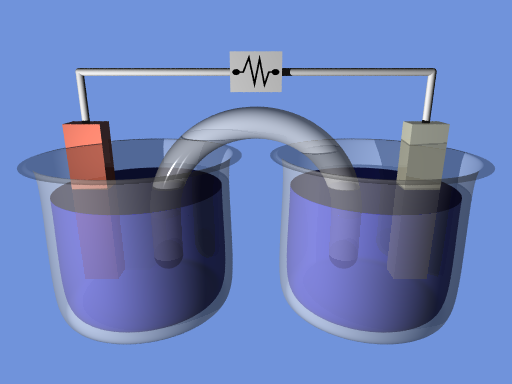- https://www.researchgate.net/profile/Houda-Kawas/post/Looking-for-the-protocol-for-tris-sulfate-buffer-pH-90/attachment/59d63d6779197b807799a352/AS%3A419555148091397%401477041150780/download/4.1.3.+Buffer+solutions.pdf
- Traité de chimie générale, analytique, industrielle et agricole. Tome 1, 1 / par J. Pelouze,... E. Fremy,...
Köller, Hans-Georg & Olufsen, Magne & Stojanovska, Marina & Petrusevski, Vladimir. (2015). Practical Work in Chemistry, its goals and effects.. https://www.researchgate.net/publication/297734376_Practical_Work_in_Chemistry_its_goals_and_effects/citations
https://www.chem.uci.edu/~unicorn/M3LCACTopics/AC06aNernstEquation.pdf
Walczak, M. M., Dryer, D. A., Jacobson, D. D., Foss, M. G., & Flynn, N. T. (1997). pH dependent redox couple: An illustration of the Nernst equation. Journal of chemical education, 74(10), 1195.
Bahlmann, C. (1914). The Determination of Hardness in Natural Waters. Industrial & Engineering Chemistry, 6(3), 209-211.
Jennings, P. A., Mullen, C. A., & Roy, M. (2010). Titration and pH Measurement. ELS, December.
Lahav, O., Morgan, B. E., & Loewenthal, R. E. (2001). Measurement of pH, alkalinity and acidity in ultra-soft waters. Water Sa, 27(4), 423-432.
Rodríguez-Laguna, N., Rojas-Hernández, A., Ramírez-Silva, M. T., Hernández-García, L., & Romero-Romo, M. (2015). An exact method to determine the conductivity of aqueous solutions in acid-base titrations. Journal of Chemistry, 2015.





